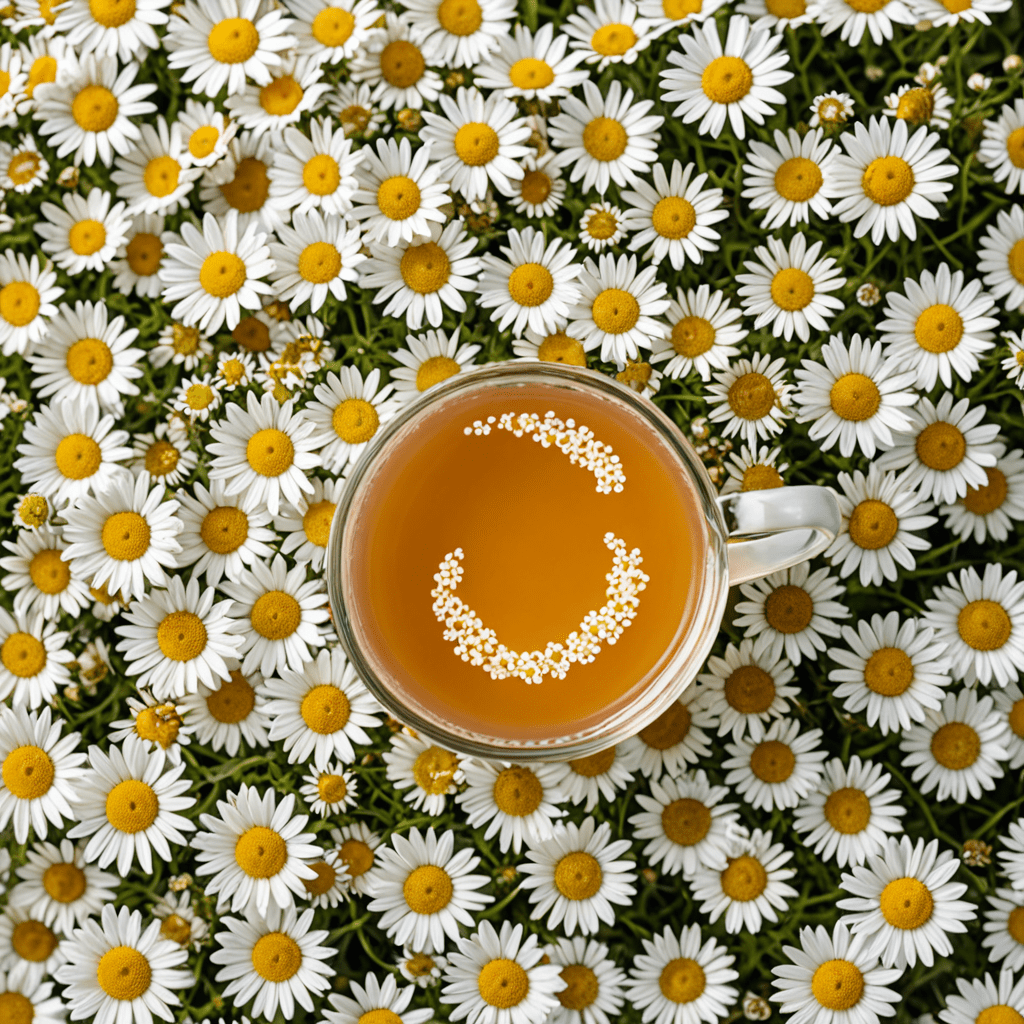Oolong Tea: A Symphony of Flavors
Oolong tea, known for its unique characteristics and complex flavors, offers a delightful experience for tea enthusiasts around the world. From its rich history to its diverse variations, oolong tea is truly a symphony of flavors waiting to be explored.
The Origins of Oolong Tea
Oolong tea has a fascinating history that traces back to ancient China. Legend has it that oolong tea was discovered by a tea farmer who was distracted by a deer while picking tea leaves. The leaves oxidized in the sun, creating a partially fermented tea with a distinct flavor profile. This marked the beginning of oolong tea production.
The Making of Oolong Tea
Oolong tea is produced through a meticulous process that involves withering, oxidation, shaping, and firing. The level of oxidation can vary, resulting in a wide range of flavors from light and floral to dark and roasted. The craftsmanship involved in making oolong tea is a true art form, requiring skill and attention to detail.
The Flavor Profile of Oolong Tea
One of the most captivating aspects of oolong tea is its diverse flavor profile. Depending on the processing method and the type of tea leaves used, oolong tea can exhibit floral, fruity, creamy, earthy, or toasty notes. Each sip offers a symphony of flavors that dance on the palate, making oolong tea a truly sensory experience.
Health Benefits of Oolong Tea
In addition to its exquisite taste, oolong tea is also renowned for its health benefits. Rich in antioxidants, oolong tea may help boost metabolism, aid in weight management, and promote heart health. The moderate caffeine content in oolong tea can also provide a gentle energy boost without the jitters associated with coffee.
Exploring Different Varieties of Oolong Tea
There is a vast array of oolong tea varieties to discover, each offering a unique flavor profile and aroma. From the delicate and floral Tie Guan Yin to the robust and roasted Da Hong Pao, oolong tea enthusiasts can embark on a tasting journey that spans across different regions and processing techniques.
Pairing Oolong Tea with Food
Due to its versatile flavor profile, oolong tea pairs well with a variety of foods. Lighter oolong teas complement seafood, salads, and white meats, while darker oolongs enhance the flavors of grilled meats, spicy dishes, and desserts. Whether enjoyed on its own or alongside a meal, oolong tea adds a touch of sophistication to any culinary experience.
The Ritual of Oolong Tea
As you steep a cup of oolong tea, take a moment to appreciate the centuries-old tradition and craftsmanship that goes into each leaf. Embrace the subtle nuances of flavor and aroma that unfold with each infusion. Whether enjoyed in solitude or shared with friends, oolong tea invites you to savor the moment and indulge in a symphony of flavors.
FAQ About Oolong Tea
What is Oolong Tea?
Oolong tea is a traditional Chinese tea that lies between green and black tea. It undergoes partial oxidation, giving it a complex flavor profile.
How is Oolong Tea Processed?
Oolong tea undergoes withering, tossing, oxidation, fixation, and rolling processes. The degree of oxidation varies, influencing the tea’s flavor.
What Flavors Can I Expect from Oolong Tea?
Oolong tea offers a symphony of flavors, ranging from floral and fruity notes to toasty and earthy undertones, depending on the oxidation level.
